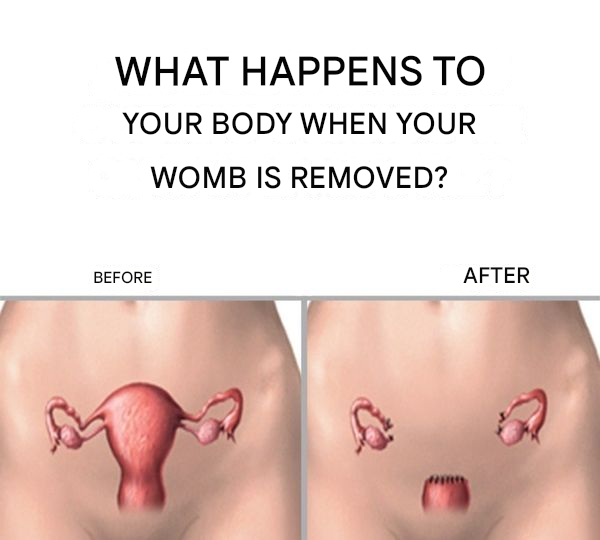What Happens to Your Body When Your Womb Is Removed?
The removal of the womb, medically known as a hysterectomy, is a significant surgical procedure that affects a woman’s body in various ways. This operation may be necessary due to conditions such as fibroids, heavy bleeding, endometriosis, cancer, or chronic pelvic pain. Understanding the physical and emotional changes after a hysterectomy can help women prepare for the recovery process and adjust to life without a uterus.
Immediate Physical Changes
Once the womb is removed, your body stops menstruating permanently because the uterus is the organ responsible for shedding the uterine lining each month. For women who have their ovaries removed along with the uterus, menopause begins immediately since the ovaries produce the hormones estrogen and progesterone. However, if the ovaries are left intact, they continue to function and produce hormones, which may delay menopausal symptoms.
After surgery, common immediate side effects include fatigue, pain, and swelling in the pelvic area. Depending on the type of hysterectomy (abdominal, vaginal, or laparoscopic), the recovery time can vary but typically ranges from 4 to 8 weeks.
Hormonal and Menopausal Effects
If the ovaries are removed, the sudden drop in hormones can cause symptoms similar to menopause, such as hot flashes, mood swings, vaginal dryness, and decreased libido. Women who keep their ovaries usually maintain hormonal balance, but some may experience changes over time.
Hormone replacement therapy (HRT) may be recommended for some women to manage these symptoms, but this depends on individual health conditions and risk factors.
Emotional and Psychological Impact
Losing the womb can have emotional effects that vary from woman to woman. Some women feel relief, especially if the surgery ended years of pain or heavy bleeding. Others may experience feelings of loss, grief, or anxiety about changes in their body and identity. It’s important to seek support from healthcare providers, counselors, or support groups to process these emotions.
Long-Term Health Considerations
Without a uterus, pregnancy is no longer possible. This can be a significant emotional adjustment for women who had planned to have children. Physically, most women continue to live healthy lives after a hysterectomy, but it’s important to maintain regular health check-ups.
Some studies suggest that hysterectomy can affect pelvic floor strength, which may lead to bladder or bowel issues. Pelvic floor exercises and physical therapy can help prevent or manage these problems.
Tips for Recovery and Wellness
- Follow your doctor’s advice carefully, including rest and gradual return to activities
- Maintain a balanced diet and stay hydrated to support healing
- Engage in light physical activity when approved to improve circulation and reduce stiffness
- Seek emotional support if you feel overwhelmed or anxious
- Consider pelvic floor exercises to strengthen muscles and prevent complications
If this article helped you understand what happens after a hysterectomy, please like, share, and follow to spread awareness and support women’s health. Your engagement can help others feel informed and empowered!
